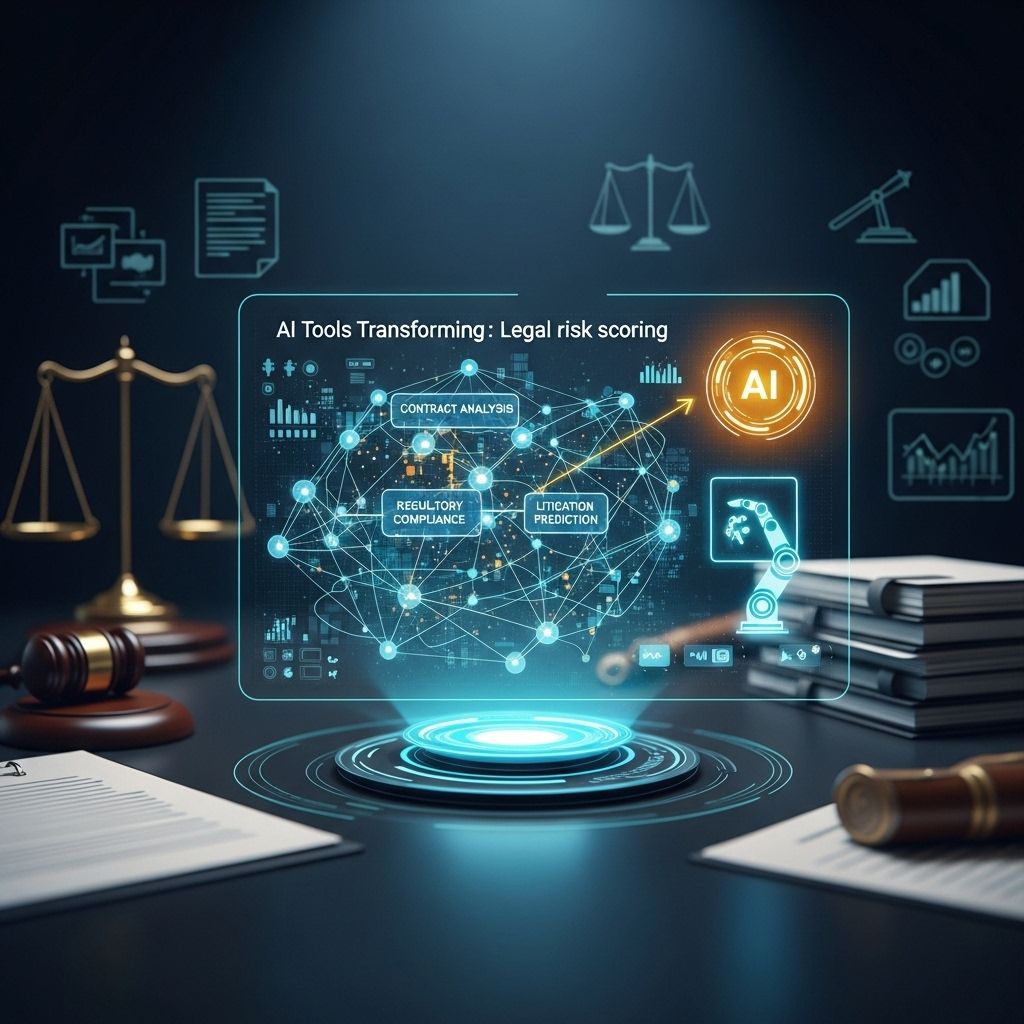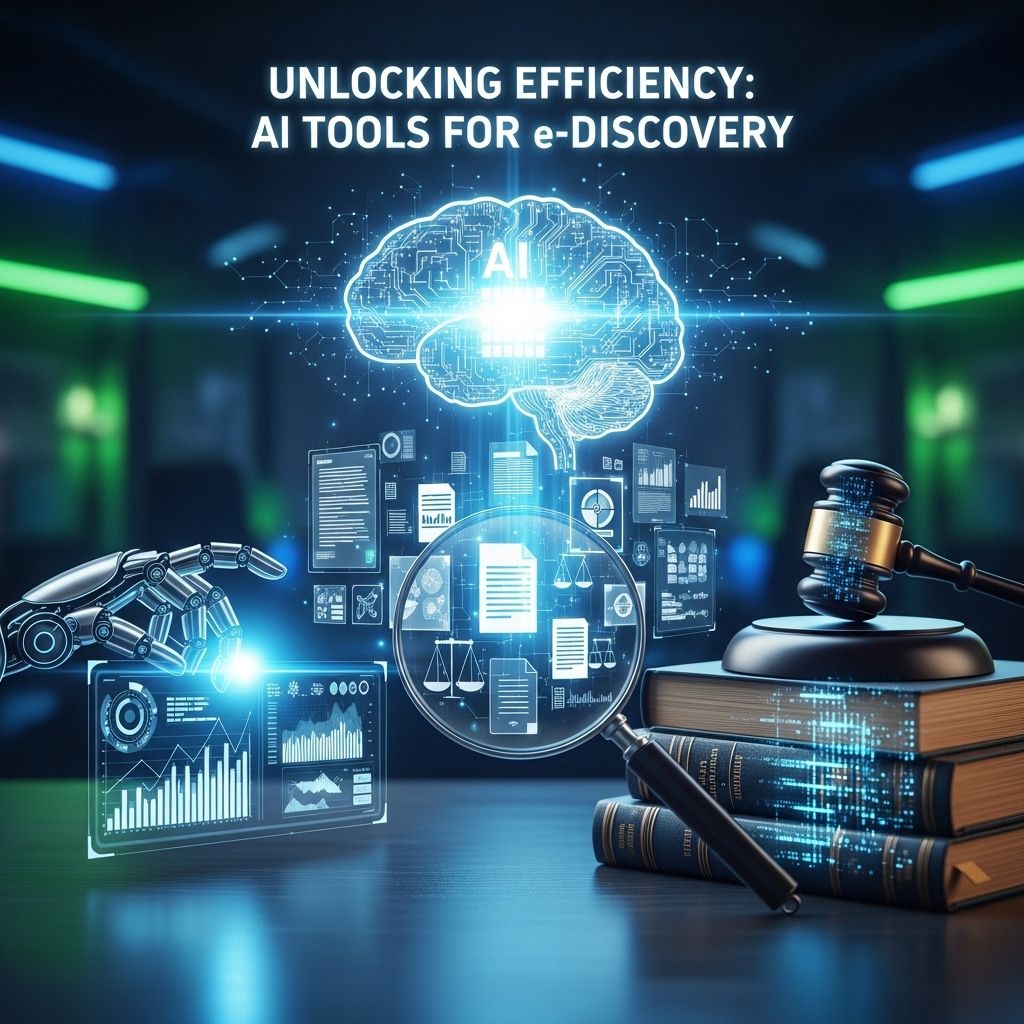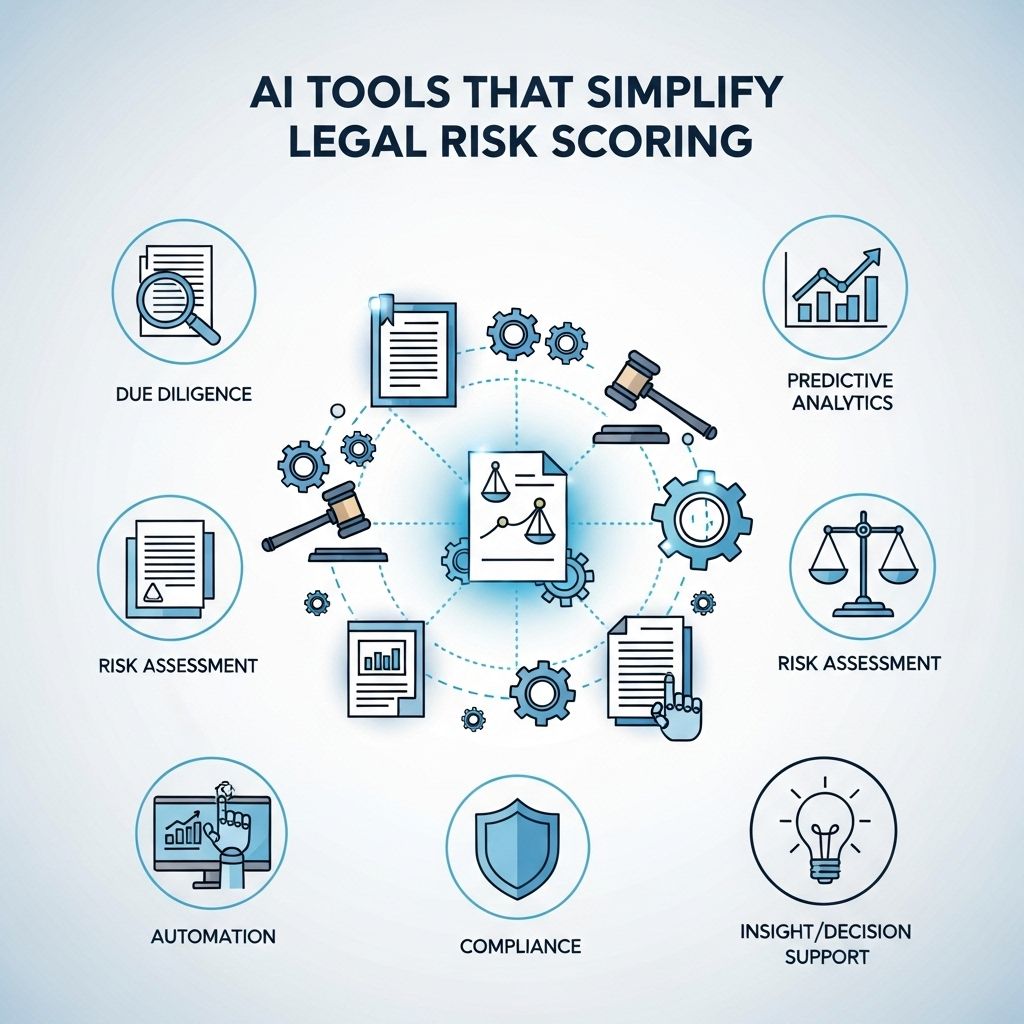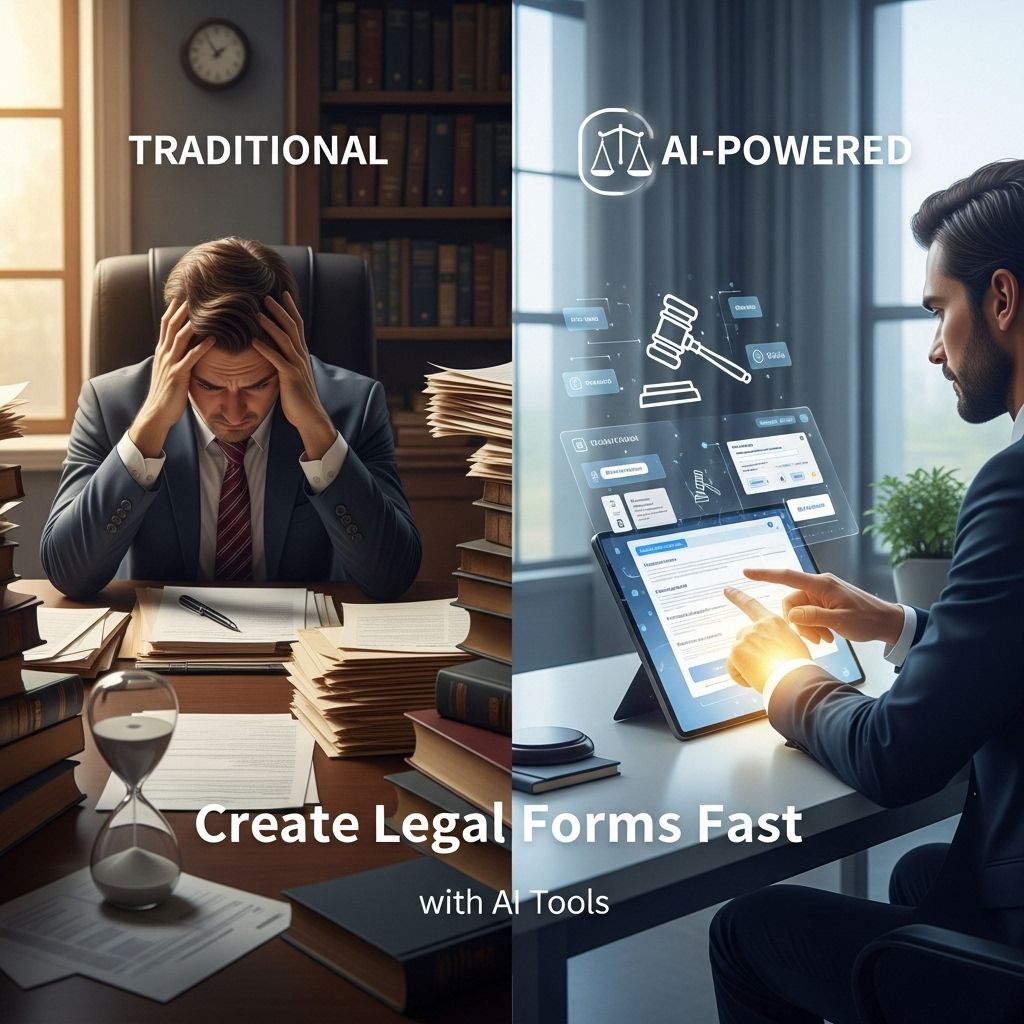Top AI Tools for Legal Spend Optimization in 2025
Discover the leading AI tools for optimizing legal spend in 2025. Enhance efficiency and reduce costs with our comprehensive guide.
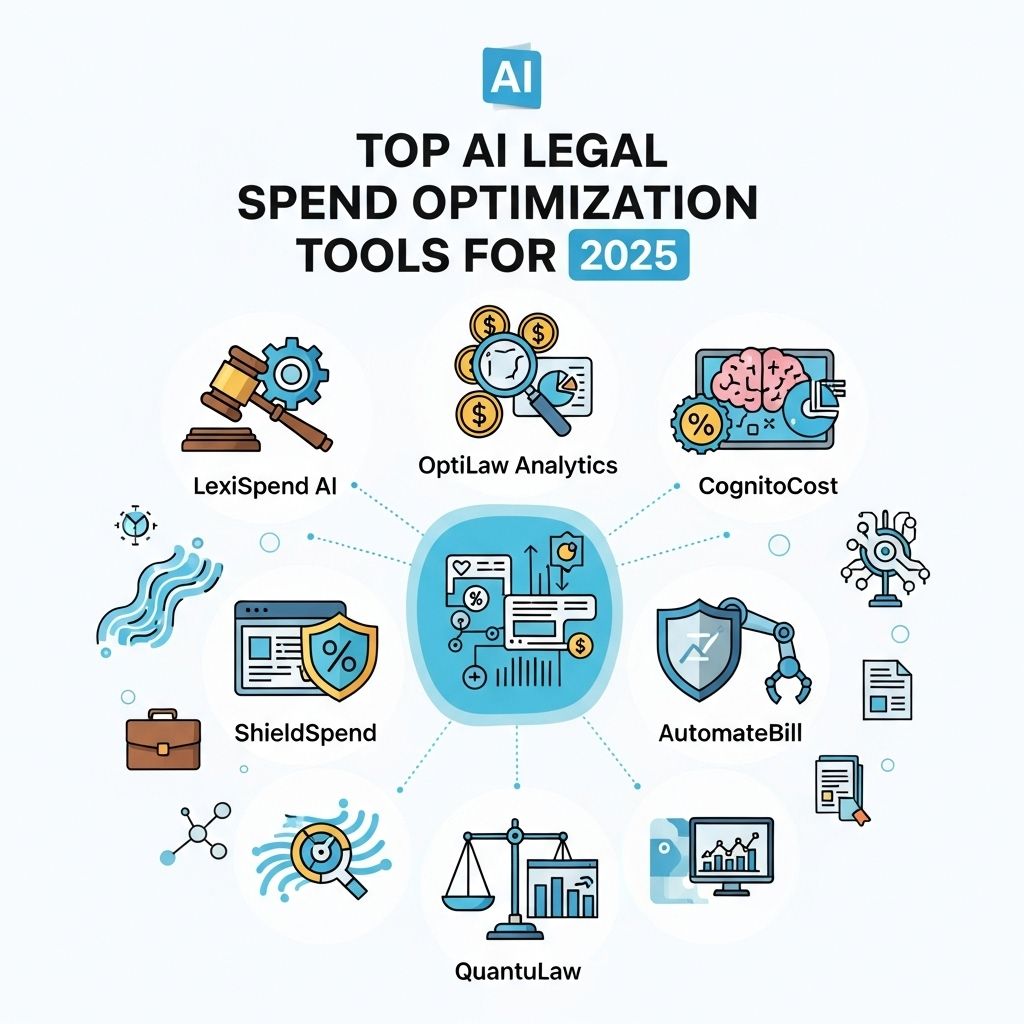
As the legal landscape continues to evolve, the integration of artificial intelligence into law firms and legal departments has become increasingly paramount. The legal sector is witnessing a significant transformation, driven by the need for efficiency and cost-effectiveness. In this article, we will delve into some of the most impactful AI tools designed to optimize legal spend in 2025, highlighting their key features and benefits.
Table of Contents
The Importance of AI in Legal Spend Management
Legal spend management is crucial for law firms and in-house legal departments aiming to maintain profitability while providing high-quality services. Traditional methods often fall short in accuracy and efficiency, leading to overspending and resource wastage. AI tools address these challenges by:
- Automating mundane tasks.
- Providing data-driven insights for better decision-making.
- Enhancing budgeting and forecasting accuracy.
- Facilitating real-time tracking of legal expenditures.
Key Features to Look for in AI Legal Spend Optimization Tools
When considering AI tools for legal spend optimization, it’s essential to evaluate their features and capabilities. Here are some critical aspects to consider:
1. Data Analytics Capabilities
Robust data analytics can help firms identify spending patterns and predict future expenses, allowing for more strategic planning.
2. Machine Learning Integration
Tools that leverage machine learning can improve over time by learning from historical spending and refining their recommendations.
3. User-Friendly Interface
An intuitive interface ensures that all users, regardless of technical proficiency, can navigate the software effectively.
4. Integration with Existing Systems
Compatibility with current practice management and billing systems is vital for seamless adoption and functionality.
Top AI Legal Spend Optimization Tools for 2025
Here’s a look at some of the leading AI tools expected to dominate the legal spend optimization landscape in 2025:
1. LawGeex
LawGeex uses AI to automate the contract review process, allowing legal teams to focus on more strategic tasks. Its features include:
- Automated contract analysis.
- Risk assessment and compliance checks.
- Real-time collaboration among team members.
2. Legal Tracker by Thomson Reuters
This tool provides comprehensive analytics and reporting features to manage legal spend effectively. Key functionalities include:
| Feature | Description |
|---|---|
| Budgeting Tools | Helps in creating and managing budgets for legal matters. |
| Timekeeper Analysis | Analyzes the performance of legal professionals. |
| Vendor Management | Streamlines the onboarding and management of third-party vendors. |
3. Brightflag
Brightflag leverages AI to manage invoices and optimize legal spend. Its core offerings include:
- Smart invoice review.
- Spend analytics dashboard.
- Artificially intelligent data extraction from invoices.
4. Zola Suite
Zola Suite is an all-in-one legal practice management software that includes spend management functionalities, such as:
- Integrated billing and invoicing.
- Expense tracking tools.
- Customizable reporting features.
Benefits of Implementing AI Legal Spend Optimization Tools
Adopting AI legal spend optimization tools can yield numerous advantages, including:
- Cost Reduction: By streamlining operations and reducing manpower on repetitive tasks, firms can significantly cut costs.
- Increased Efficiency: Automation leads to faster turnaround times for legal documents and processes.
- Improved Accuracy: AI minimizes human error associated with manual data entry and analysis.
- Better Strategic Planning: Data analytics provide actionable insights that inform budgeting and forecasting decisions.
Challenges in Adopting AI Technologies
While the benefits are compelling, firms may face several challenges when integrating AI tools:
1. Resistance to Change
Legal professionals are often accustomed to traditional methods, making it difficult to shift mindsets towards AI adoption.
2. Data Privacy Concerns
Handling sensitive client data raises concerns regarding compliance and security.
3. Initial Investment Costs
The upfront costs associated with AI tool implementation can be daunting for smaller firms.
Conclusion
The legal industry is poised for a significant transformation with the adoption of AI technologies. As we move towards 2025, optimizing legal spend through AI tools will become increasingly essential for firms aiming to remain competitive. By leveraging the right tools, legal professionals can enhance efficiency, reduce costs, and ultimately provide better service to their clients. Embracing this technological shift is not only a strategic decision but also a necessary evolution in today’s digital age.
FAQ
What are the top AI legal spend optimization tools for 2025?
Some of the top AI legal spend optimization tools for 2025 include Legal Tracker, Brightflag, and Zola Suite, which leverage advanced analytics and machine learning to streamline legal expenses.
How can AI tools help in legal spend management?
AI tools can help in legal spend management by providing insights into spending patterns, automating invoice review, and predicting future legal costs, leading to more informed budgeting decisions.
What features should I look for in AI legal spend optimization software?
Key features to look for in AI legal spend optimization software include real-time analytics, customizable reporting, integration capabilities with existing systems, and user-friendly dashboards.
Are AI legal spend optimization tools suitable for small law firms?
Yes, many AI legal spend optimization tools are designed to be scalable and user-friendly, making them suitable for small law firms seeking to improve their financial management without extensive resources.
What benefits can legal departments expect from using AI spend optimization tools?
Legal departments can expect benefits such as reduced operational costs, improved visibility into spending, enhanced compliance, and the ability to make data-driven decisions regarding legal expenditures.



